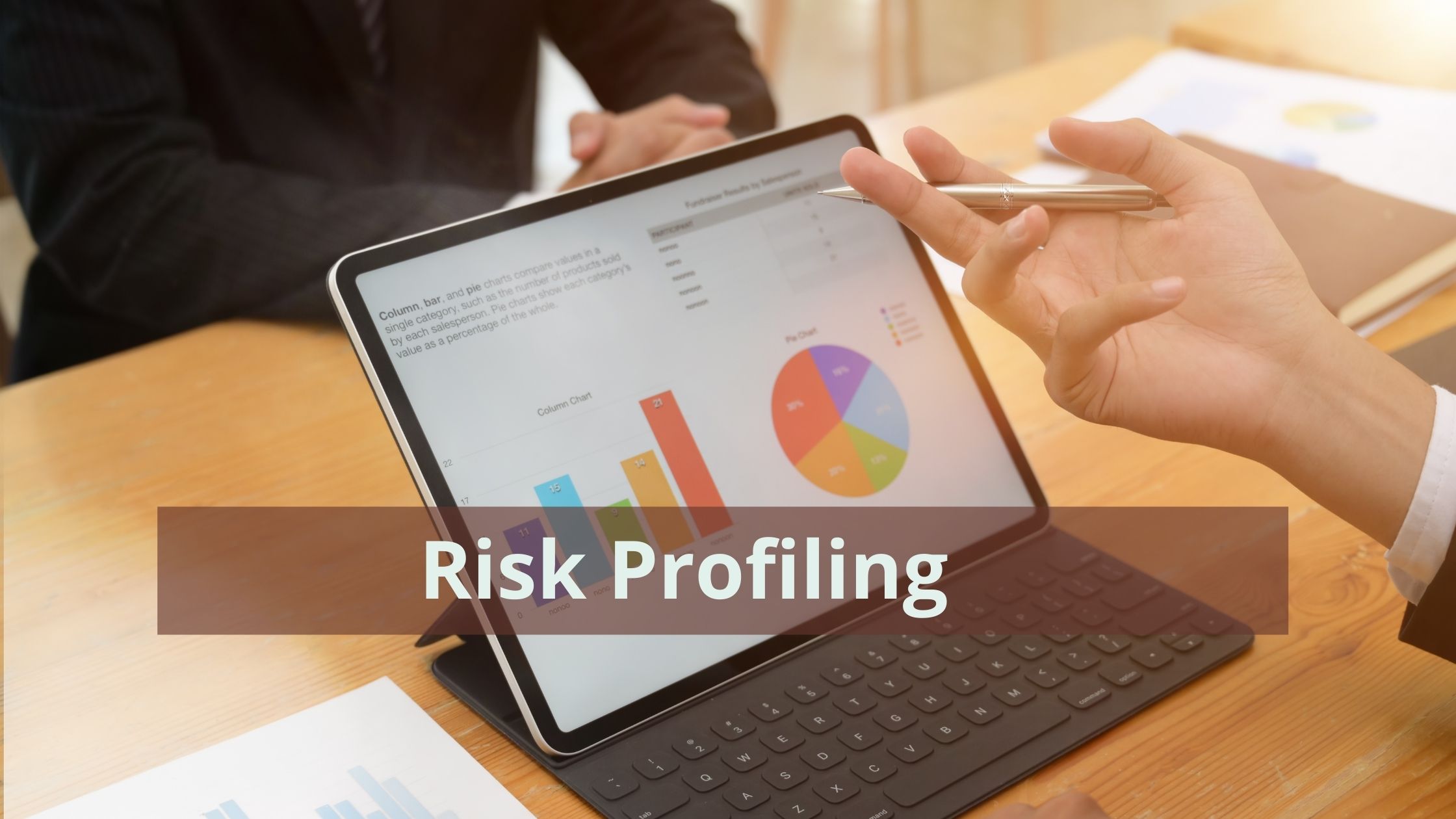
When you invest in mutual funds, you receive advice to choose investments that match your risk profile. But what exactly is your risk profile? Mutual fund investments, especially equity mutual funds, are subject to high risk. This means that the returns of these funds are affected by market volatility. Hence, when you invest in mutual funds, choose schemes per your risk tolerance, implying that select schemes that match your ability to withstand market volatility or losses incurred due to market events. Every investor has a different tolerance to market volatility, which defines their risk tolerance or profile.
Here is everything you should know about risk profiling and how to use it:
What is risk profiling?
Risk profiling is an individual’s ability and willingness to take investment risks. Risk profiling is critical to determining the proper investment asset allocation in mutual funds.
A risk profile defines the acceptable level of risk for an individual. The risk level or willingness to take risks depends on the risk aversion. If a mutual fund investor does not want the portfolio value to drop and is willing to trade capital appreciation for this, then this investor has a low-risk profile.
Alternatively, if a mutual fund investor wants the highest possible returns, and is willing to tackle market swings or a decline in portfolio value, the investor has a high-risk profile. In other cases, some investors can have a medium risk tolerance, where they want high returns but at moderately high risk. Apart from this, the risk profile depends on several other factors, such as age, income, and expenses, financial goals, investment horizon, liquidity requirements, phycological factors, etc.
How does risk profiling apply to mutual funds?
All mutual funds carry a risk profile, defined by the riskometer, recommended by the Securities and Exchange Board of India (SEBI). As per this risk meter, these are the following risk categories:
- Low – Low risk of losing principal
- Moderately low – Moderate-to-low risk of losing principal
- Moderate – Moderate risk of losing principal
- Moderate high – Moderate-to-high risk of losing principal
- High – High risk of losing principal
The risk meter is in the mutual fund document schemes, advertisements, and application forms. Once you understand your risk profile, you can invest in a mutual fund scheme that best aligns with your risk profile.
What is the benefit of using the risk profile?
The universe of mutual funds is vast, and choosing a scheme that suits your needs can be daunting. However, if you understand your risk profile and assess the mutual fund scheme risk meter, you can make an informed choice. Risk profiling helps you find mutual fund schemes that are in sync with your risk tolerance.
Risk profiling also helps you determine the right asset allocation for your mutual fund portfolio. For instance, if you are a conservative investor, you can limit your equity asset allocation to 10% and invest 90% of your corpus in debt and related securities. If you are a moderately aggressive investor, you can invest 70-90% of your money in equity and 10-30% in debt. If you are a high-risk investor, invest 90-100% in equity and 0-10% in debt.
Conclusion
Use the Tata Capital Moneyfy app to evaluate multiple mutual fund schemes and choose one that matches your risk profile. The Moneyfy app allows you to find, invest, monitor, and manage your mutual funds as per your risk appetite, time horizon, and financial goals.
Write and Win: Participate in Creative writing Contest & International Essay Contest and win fabulous prizes.


